Enter a surname, town name or other keyword to search the database. Remember to
allow for the different spellings of 'Mc' and 'Mac.' Good luck!
{Search tips: Use single word search terms for more results}
You must enter some valid character(s) into the search field
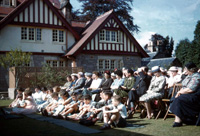
Reference: jsn014
Opening of the new Carrol Hous...
|
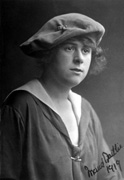
Reference: 30601
Lady Lawson, Dochfour. The Hon...
|
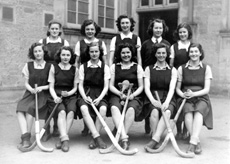
Reference: IRAA
Hockey 1st XI 1940-1941. Rear:...
|
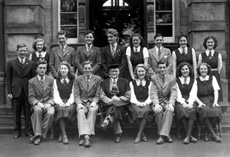
Reference: IRAA
Inverness Royal Academy Prefec...
|
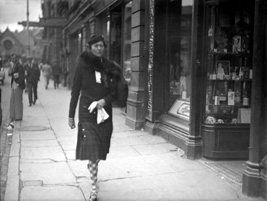
Reference: H-0229
The Duchess of Sutherland (186...
|
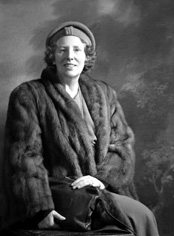
Reference: 42033e
Mrs McGrigor-Phillips a.k.a Do...
|
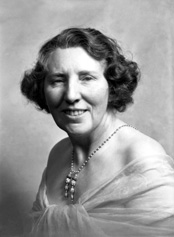
Reference: 42033d
Mrs McGrigor-Phillips a.k.a Do...
|
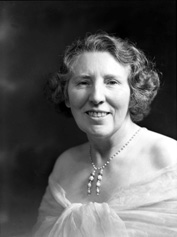
Reference: 42033c
Mrs McGrigor-Phillips a.k.a Do...
|
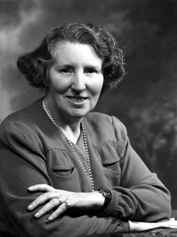
Reference: 42033b
Mrs McGrigor-Phillips a.k.a Do...
|
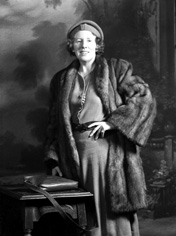
Reference: 42033a
Mrs McGrigor-Phillips a.k.a Do...
|
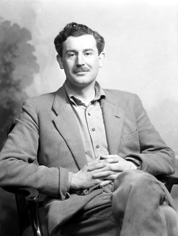
Reference: 40813b
Lord Lovat. Brigadier Simon Ch...
|
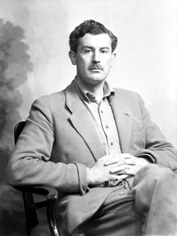
Reference: 40813a
Lord Lovat. Brigadier Simon Ch...
|